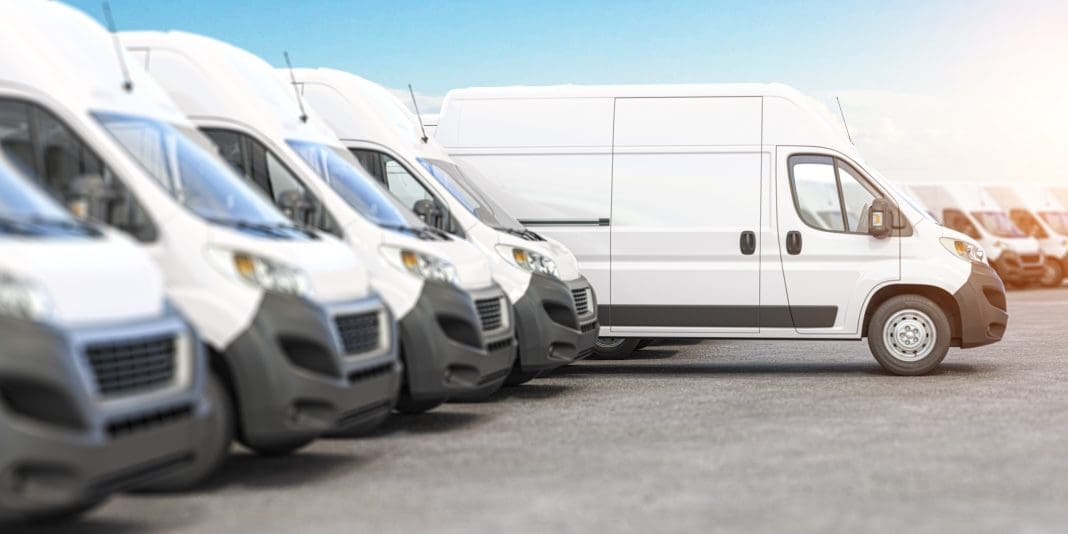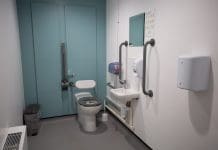The construction sector is witnessing a surge in policy excesses within the fleet insurance market, with basic excess levels moving higher, often exceeding £500. In this article, Tysers explores how to get the best value and reduce premium costs
Policy excesses continue to increase across the fleet insurance market, and the construction industry is no exception. Various factors influence the level of policy excess applied by underwriters.
For many years insurers maintained basic policy excesses at levels as low as £100 but more generally at £250.
Over time as the value of money has eroded, we are seeing a move to higher basic levels, with many fleet insurers not quoting excesses below £500.
Some clients may choose a higher policy excess in return for a premium saving, whilst others see the level increase due to claims history, especially where frequency of claims is an issue.
Vehicles have also become overall more technologically advanced, with many features that cost more to repair than previous models. High-value vehicles and more theft-attractive vehicles have also seen large increases in individual policy excesses due to the increased risk to insurers.
Electric vehicles are also becoming increasingly popular; however, these often attract higher deductibles due to the advanced technology and features making them more costly to repair.
Windscreen cover was historically thrown in as part of the wider cover with a lower deductible; however, insurers appear to be moving to increase such excesses to the same level as the main cover, and in some cases, to delete the extension entirely.
What factors can affect the cost of your insurance?
There are a number of factors influencing the cost of fleet insurance and policy excesses, including:
- Historic Claims Experience and claims frequency
- The vehicles to be insured and their values
- Use required – Construction risks normally require standard business use on cars and, for commercial vehicles, the carriage of own goods. Premiums increase where Fleets involve use for ‘hire and reward’ as history shows that such risks involve higher risk.
- Drivers to be included – age, experience and conviction history for drivers included on the policy will all be considered by insurers.
- Geographical location
- The level of cover necessary
How to get the best value
Although many of these factors cannot be influenced by your business, claims control and a proactive response to fleet management can assist in reducing your premium cost.
Working with your insurer may also be beneficial in reducing your risk factors. For example, many larger insurers can conduct Fleet Surveys, where they advise on a broad range of risk improvement techniques.
These may include individual claims analysis, individual driver training, reward systems, claims reporting procedures, vehicle maintenance, choice of repairer and in-vehicle camera tracking and immobilisation systems.
Using an experienced insurance broker with knowledge of the construction industry can also help you get the best value cover for your requirements.
Tysers have experienced brokers with specialist knowledge and access to a wide range of underwriters.
This is backed by an exceptional claims team who provide a bespoke service to our fleet customers, ensuring timely and fair settlement of claims and also providing management information on individual claims and, more importantly on any developing trends which might adversely affect claims experience.
Contact Tysers for risk management expertise, bespoke covers, and more
Our expert construction brokers are here to help. Whether you require risk management expertise in a particular area, or a programme of bespoke covers designed to protect all current and emerging risks, get in touch today or visit our website for more information.














